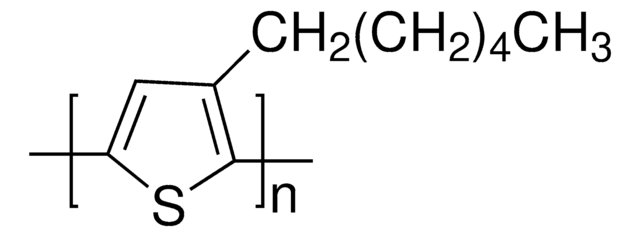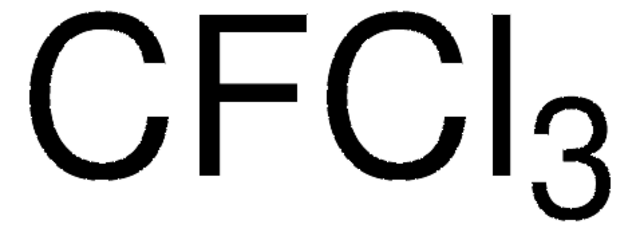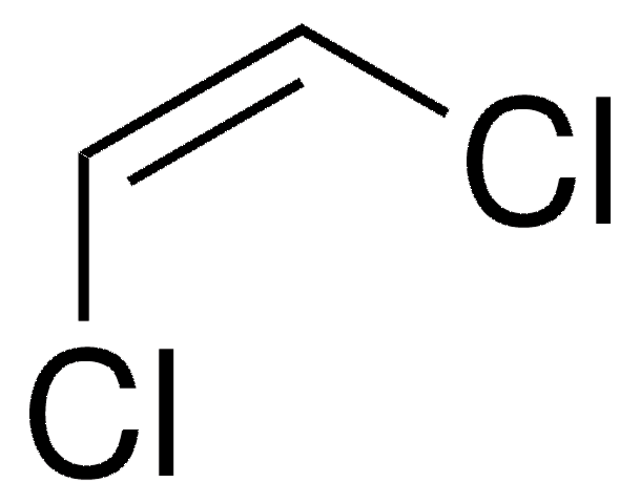466212
1,1,2-Trichloroethane
contains ≤3% 2-propanol as stabilizer, 97%
Synonym(s):
β-Trichloroethane, Vinyltrichloride
About This Item
Recommended Products
Assay
97%
contains
≤3% 2-propanol as stabilizer
refractive index
n20/D 1.471 (lit.)
bp
110-115 °C (lit.)
density
1.435 g/mL at 25 °C (lit.)
functional group
chloro
SMILES string
ClCC(Cl)Cl
InChI
1S/C2H3Cl3/c3-1-2(4)5/h2H,1H2
InChI key
UBOXGVDOUJQMTN-UHFFFAOYSA-N
Looking for similar products? Visit Product Comparison Guide
General description
Application
- Advanced Material Development: Research into the synthesis of UiO-66 3D photonic crystals highlights the use of 1,1,2-Trichloroethane in the creation of new materials for efficient vapor detection, supporting advancements in sensor technology (Wang et al., 2022).
Signal Word
Danger
Hazard Statements
Precautionary Statements
Hazard Classifications
Acute Tox. 3 Inhalation - Acute Tox. 4 Dermal - Acute Tox. 4 Oral - Aquatic Chronic 3 - Carc. 2
Supplementary Hazards
Storage Class Code
6.1C - Combustible acute toxic Cat.3 / toxic compounds or compounds which causing chronic effects
WGK
WGK 3
Regulatory Listings
Regulatory Listings are mainly provided for chemical products. Only limited information can be provided here for non-chemical products. No entry means none of the components are listed. It is the user’s obligation to ensure the safe and legal use of the product.
EU REACH Annex XVII (Restriction List)
Choose from one of the most recent versions:
Already Own This Product?
Find documentation for the products that you have recently purchased in the Document Library.
Customers Also Viewed
Protocols
US EPA Method TO-17: GC Analysis of Volatiles on VOCOL® after Collection/Desorption using Air Toxics Tube
Our team of scientists has experience in all areas of research including Life Science, Material Science, Chemical Synthesis, Chromatography, Analytical and many others.
Contact Technical Service












